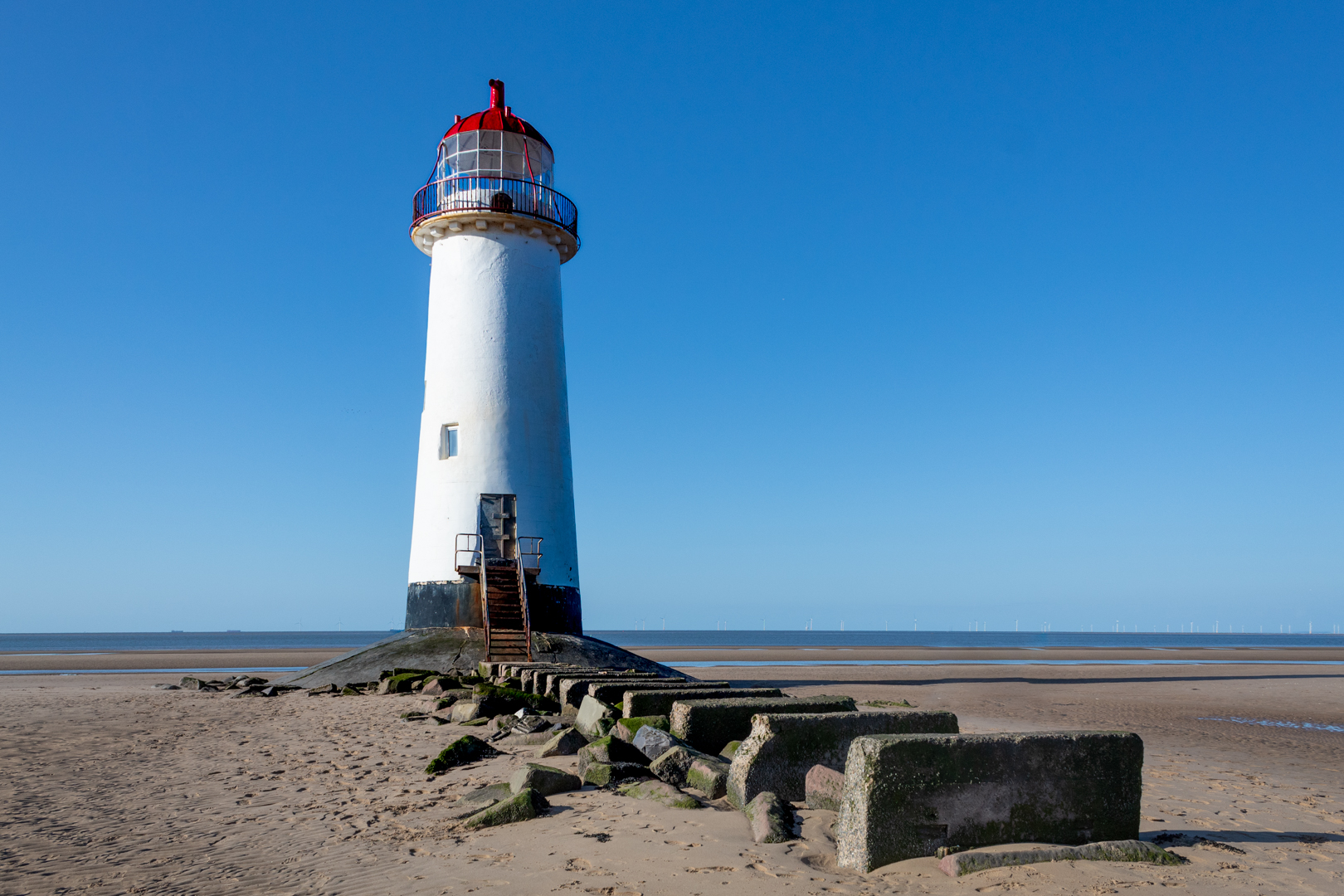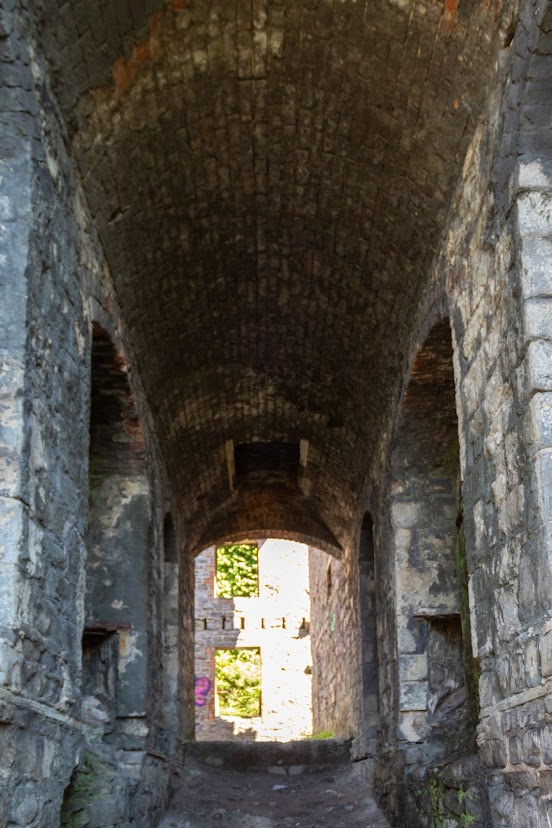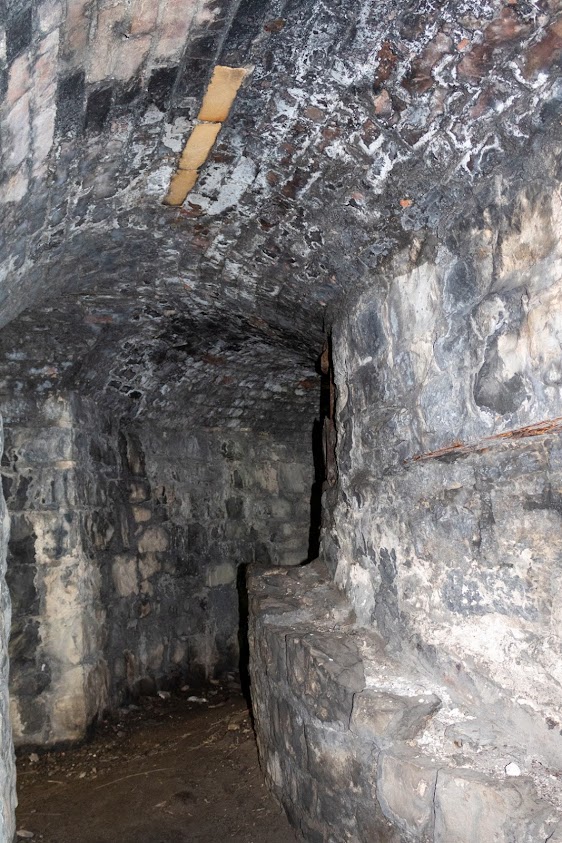The Point of Ayr Lighthouse, also known as the Talacre Lighthouse,
has a rich and varied history on the north coast of Wales.
 |
| The Point of Ayr Lighthouse |
 |
| The Point of Ayr Lighthouse |
The 1844 lighthouse has since vanished.
The original lighthouse was replaced by a lightship moored in the estuary in 1883. This change came after a court allegation in 1882 claimed that the lighthouse was situated too far inland, following an incident where a steamship ran aground. Although the lighthouse was officially decommissioned in 1844, some sources suggest it was actually taken out of service in 1883 or 1884.
The tower is a tapered cylindrical brick structure featuring a balcony and a lantern. It was measured to be 16 meters (52 feet) high in 1776, with a base diameter of 7.8 meters (25.75 feet) and a top diameter of 4.9 meters (16 feet). Some sources indicate that it may actually be 18 meters (59 feet) tall or even 60 feet.
The light is positioned 53 feet above high water and can be seen from 9 miles away in clear weather. It displays a white light from E ¾ W to SE, a red light between SE and W by N ¼ N, and then white light again from N by W. A bell is rung during foggy conditions.
Notably, the lighthouse retains one of the earliest lanterns in Wales. The original structure has a slight lean but has withstood numerous storms. In 2007, it sustained damage from storms, which dislocated the metal steps and created a hole in the base. The cost of repairs was covered by the owners of a nearby caravan park.
The lighthouse was restored in the 1990s.
 |
| The Point of Ayr Lighthouse |
 |
| The Point of Ayr Lighthouse |
Google Reference: -
53.357046807776754, -3.32238377723201
What Three Words reference: -
///dignify.conducted.overdrive
OS Details: -
Grid Ref: SJ 12095 85271 Elevation 9 ft
Visiting is easy and there is a car park at the site (53.35321642414517, -3.319730302110794).
Access is easy from here. There are no facilities at this car park but an alternative car park close by (53.35196453461079, -3.3168028637702056) has facilities.
A full list of blogs can be found at my website
































